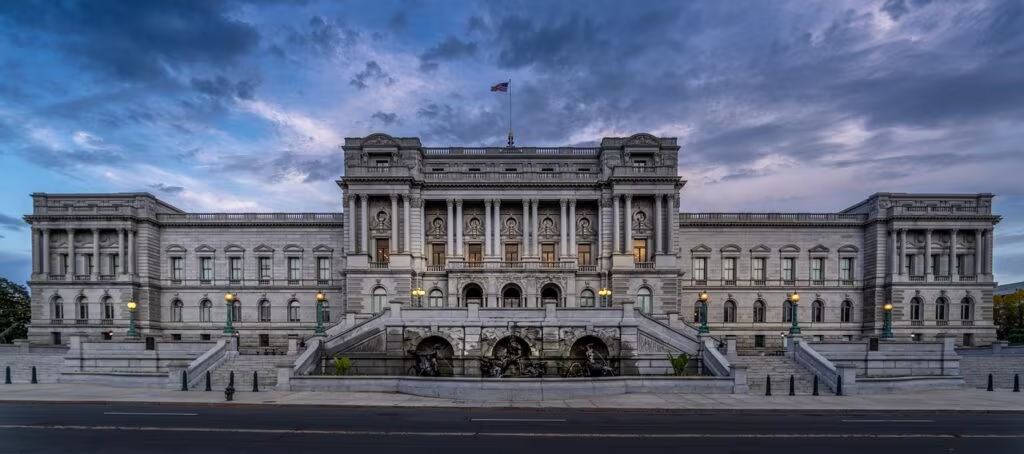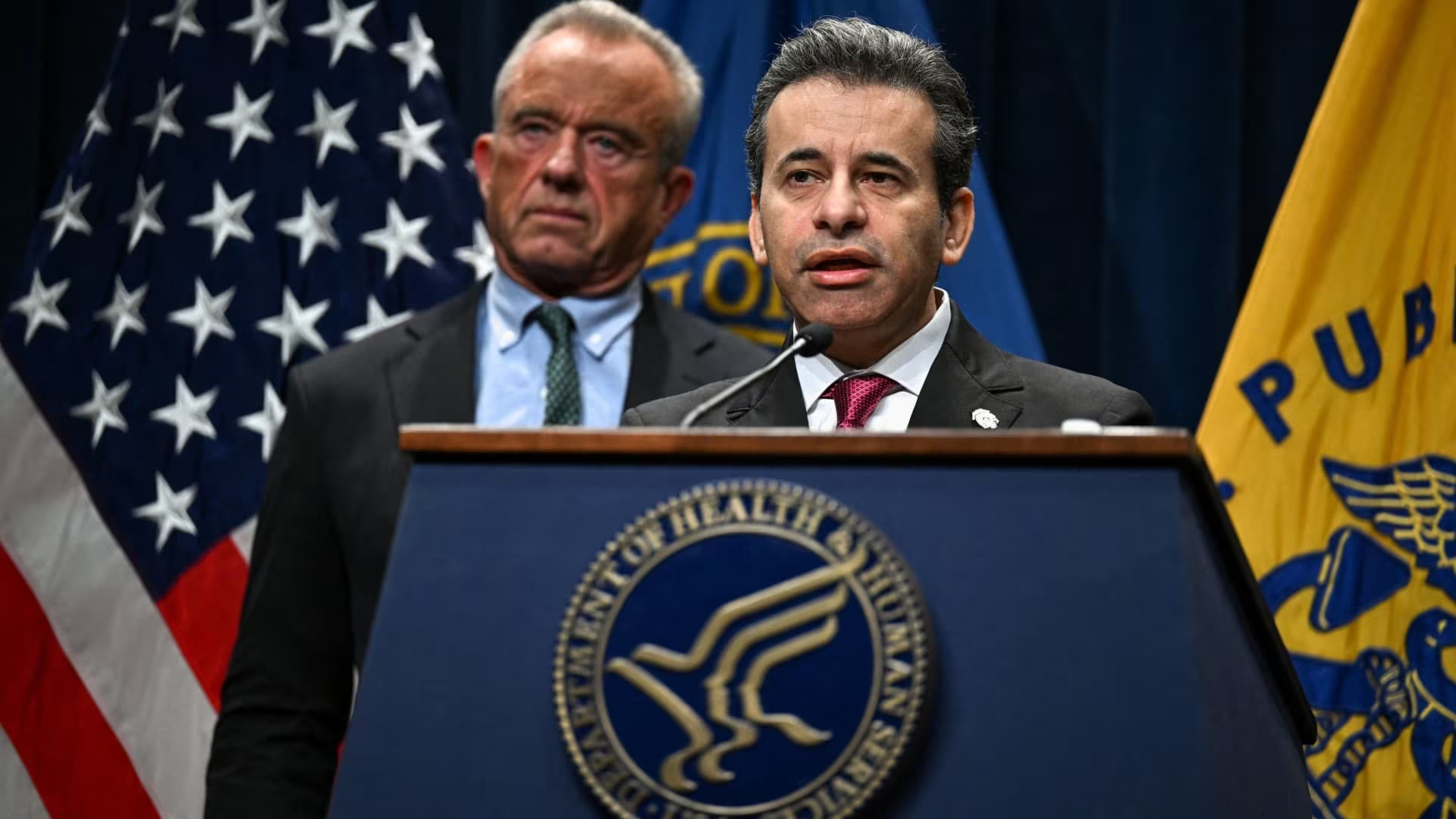Landmark FDA Initiative Targets Speedier Approval for Generic Biologic Medicines
The Food and Drug Administration (FDA) announced a significant regulatory shift this week, detailing steps designed to accelerate the development and approval of generic versions of complex biological drugs, known as biosimilars. This move is a direct response to the administration’s ongoing efforts to curb soaring prescription drug costs and increase market competition for some of the most expensive treatments available.
Biologic drugs, which include treatments for chronic conditions like cancer, rheumatoid arthritis, and diabetes, often represent the highest expenditures in the U.S. healthcare system. By streamlining the pathway for biosimilars, the FDA aims to introduce cheaper, yet equally effective, alternatives to the market much faster, providing immediate relief to patients and payers.

Understanding the Regulatory Challenge: Biologics vs. Traditional Generics
To understand the significance of the FDA’s announcement, it is crucial to distinguish between traditional small-molecule drugs and biologics.
Traditional drugs (like ibuprofen or statins) are chemically synthesized, small, and relatively simple to replicate. Their generic counterparts are chemically identical copies.
Biologics, conversely, are large, complex molecules derived from living organisms—such as cells, tissues, or microorganisms. They include monoclonal antibodies, therapeutic proteins, and vaccines. Because of their complexity and reliance on biological processes, they cannot be copied exactly. Therefore, their generic versions are called biosimilars.
The Biosimilar Pathway (BPCIA)
The regulatory framework for biosimilars was established by the Biologics Price Competition and Innovation Act (BPCIA) of 2009. This law created the 351(k) pathway, allowing manufacturers to demonstrate that their product is “highly similar” to an existing FDA-approved reference biologic, with “no clinically meaningful differences” in terms of safety, purity, and potency.
Despite this pathway existing for over a decade, the uptake and approval rate of biosimilars have lagged compared to traditional generics, primarily due to complex regulatory hurdles, extensive litigation, and high development costs.
Specific Actions the FDA is Taking to Streamline Approvals
The FDA’s new strategy focuses on providing greater clarity and reducing the burden of clinical trials required for biosimilar applications. The agency is targeting several key areas where regulatory uncertainty has historically slowed down market entry.
1. Clarifying Interchangeability Designation
One of the biggest hurdles has been the interchangeability designation. An interchangeable biosimilar can be substituted for the reference product by a pharmacist without requiring the prescribing physician’s intervention—a critical factor for rapid market penetration and cost savings.
The FDA plans to issue updated guidance that clarifies the necessary data and study designs required to achieve interchangeability. This includes:
- Reducing the need for unnecessary switching studies: The agency will provide clearer criteria on when comparative clinical data can be leveraged, minimizing redundant and expensive trials.
- Focusing on analytical and functional data: Emphasizing advanced analytical techniques to demonstrate similarity, rather than relying solely on large, costly clinical trials.
2. Enhancing Review Efficiency
The agency is committing to faster review times for biosimilar applications, particularly for those targeting reference products that have already seen significant competition in other global markets. This involves internal process improvements and dedicated review teams focused solely on the 351(k) pathway.
3. Addressing Patent Litigation and Market Access
While the FDA cannot directly control patent litigation, it is working with the U.S. Patent and Trademark Office (USPTO) to ensure greater transparency regarding patent status. Furthermore, the agency is actively combating misinformation campaigns often waged by innovator companies against biosimilars, which can undermine prescriber confidence.

The Economic Rationale: Why Biosimilars Matter for Drug Costs
Biologic drugs are often priced in the tens or even hundreds of thousands of dollars per patient annually. The introduction of biosimilars is the most effective mechanism for achieving significant price reductions in this sector.
Historically, when a traditional generic enters the market, prices can drop by 80% to 90%. While biosimilar competition is typically less aggressive initially, initial studies show that the entry of just one biosimilar can lead to price reductions of 15% to 30% for the entire class of drugs, with savings increasing as more competitors enter.
“The current cost structure for many blockbuster biologics is unsustainable for the American healthcare system,” stated an FDA spokesperson. “By removing unnecessary regulatory friction, we are unlocking competition that could save billions for Medicare, Medicaid, and private insurers, ultimately benefiting patients through lower co-pays and premiums.”
High-Value Targets for Competition
This initiative is particularly relevant for blockbuster biologics that are nearing or have recently lost patent exclusivity. These include treatments for conditions such as:
- Autoimmune diseases: Drugs like Humira (adalimumab) and Remicade (infliximab).
- Oncology: Various cancer treatments based on monoclonal antibodies.
- Diabetes: Certain insulin products that are now regulated under the biologic pathway.
The faster the FDA can approve biosimilars for these products, the quicker the market will shift toward lower-cost alternatives.
Industry Implications and Expert Analysis
The pharmaceutical industry is divided on this regulatory shift. Innovator companies, which rely on the long exclusivity periods of biologics to recoup massive research and development costs, view the accelerated process with caution.
Conversely, generic manufacturers and patient advocacy groups have strongly welcomed the FDA’s proactive stance.
Impact on Innovator Companies
Major pharmaceutical firms that hold patents on blockbuster biologics will face increased pressure. They may respond by intensifying legal challenges (patent thickets) or by offering steep rebates to maintain market share against new biosimilar entrants. The FDA’s push for interchangeability, however, makes it harder for innovator companies to maintain dominance purely through market tactics.
Boost for Biosimilar Developers
Companies specializing in biosimilar development, which have invested heavily in sophisticated manufacturing and analytical capabilities, stand to benefit immediately. Reduced regulatory uncertainty lowers the financial risk associated with developing complex biosimilars, potentially encouraging more firms to enter the market.

Key Takeaways for Patients and the Market
The FDA’s commitment to accelerating the biosimilar pathway is a critical step in the broader strategy to control healthcare costs. For the average consumer and the healthcare system, the key implications are clear:
- Faster Access to Affordable Drugs: Patients should see affordable biosimilar options for high-cost treatments enter the market sooner than previously anticipated.
- Increased Competition: The regulatory clarity reduces the barriers to entry, encouraging more companies to develop biosimilars, which drives prices down further.
- Focus on Interchangeability: The emphasis on clarifying interchangeability rules is vital, as this designation ensures that biosimilars can be easily substituted at the pharmacy level, maximizing cost savings.
- Long-Term System Savings: The initiative promises substantial savings for government payers (Medicare/Medicaid) and private insurers, potentially stabilizing premium growth over time.
Conclusion: A Shift Toward Sustainable Biologic Pricing
The FDA’s announcement marks a decisive move to address the structural issues that have kept biologic drug prices artificially high. By leveraging regulatory expertise to streamline the 351(k) pathway, the agency is effectively lowering the barrier to entry for biosimilars. This action directly supports the administration’s goal of fostering a competitive market where innovation is rewarded, but not at the expense of patient access and affordability.
This regulatory clarity is expected to inject new momentum into the biosimilar market, ensuring that life-saving and life-altering treatments become accessible to a wider population in the coming years.
What’s Next
Industry stakeholders will now closely monitor the release of the specific new guidance documents from the FDA, expected to be finalized in early 2026. Generic manufacturers will use this guidance to adjust their clinical trial designs and submission strategies immediately. The true impact on drug pricing will begin to materialize as the first wave of newly accelerated biosimilar applications receives approval and hits the market, likely starting in late 2026 and 2027.
Original author: Annika Kim Constantino
Originally published: October 29, 2025
Editorial note: Our team reviewed and enhanced this coverage with AI-assisted tools and human editing to add helpful context while preserving verified facts and quotations from the original source.
We encourage you to consult the publisher above for the complete report and to reach out if you spot inaccuracies or compliance concerns.

